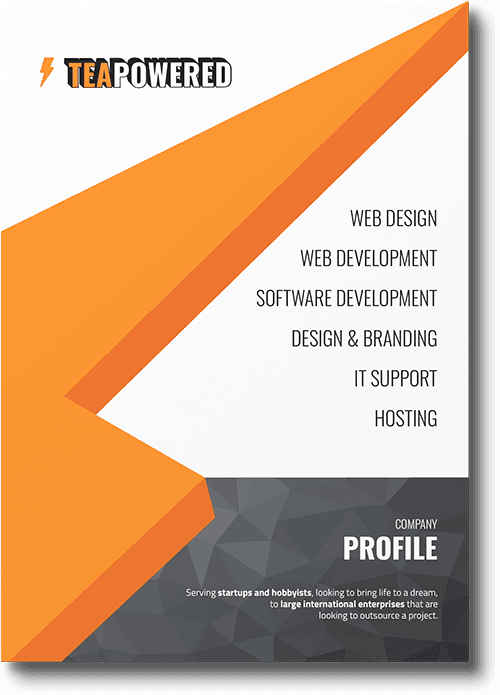Introduction to Website Planning
In the fast-paced digital world, the importance of carefully planning a website cannot be overstated. A well-thought-out website serves as the digital storefront for businesses, often being the first point of interaction with potential customers. It's crucial not only for establishing a strong online presence but also for driving business growth and success.
Understanding Your Audience and Purpose
Knowing your audience is like setting the right coordinates for a successful journey. It's about connecting with those who visit your website in a way that resonates with their needs and expectations.
Before diving into design and development, identifying your target audience is pivotal. Understanding who they are, their needs, and their preferences helps in crafting a website that resonates with them. Aligning the website's objectives with your business goals ensures that your online presence effectively supports your overall strategy.

Audience Identification
Start by creating audience personas. These are semi-fictional characters based on your real or anticipated customers. Consider demographics, behaviours, motivations, and pain points. For instance, if you're targeting young entrepreneurs, your website should reflect the dynamism and innovation they seek.
Aligning Objectives
Your website should be a mirror of your business objectives. If your goal is to increase online sales, the design and functionality should be geared towards a seamless shopping experience. For service-oriented businesses, the focus might be on showcasing expertise through blogs or case studies.
Choosing the Right Technology and Platform
Selecting the right technology and platform for your website is akin to choosing the foundation for your digital house. It's a decision that impacts not just the present, but the future scalability of your website.
The choice of technology and platform is a cornerstone in website planning. From WordPress to custom-built solutions, the options are numerous. Key considerations include scalability, security, and ease of use. It's essential to select a platform that not only meets current needs but also accommodates future growth.

Technology Options
From easy-to-use content management systems like WordPress to sophisticated custom-built solutions, the technology you choose should align with your technical ability and long-term vision. For instance, WordPress is great for scalability and ease of use, while a custom solution might offer more unique functionalities.
Platform Considerations
Consider factors like hosting options, security features, and integration capabilities. A platform that offers robust security features is essential, especially if you're handling sensitive customer data.
Design and User Experience (UX) Principles
Design and UX are the heartbeat of your website. They dictate how users interact with your site and how they feel about your brand.
A website's design and user experience can make or break its effectiveness. A focus on intuitive navigation, responsive design, and aesthetic appeal ensures a positive user experience, increasing engagement and conversion rates. Incorporating UX principles is not just about aesthetics; it's about creating a seamless journey for your users.

Design Essentials
Your website's design should not only be visually appealing but also functional. A cluttered or confusing layout can deter visitors. Prioritise simplicity, readability, and consistency in your design. Remember, less is often more in web design.
UX Focus
Focus on creating an intuitive user journey. This means easy navigation, fast loading times, and mobile responsiveness. A website that is a pleasure to use keeps visitors coming back.
Content Strategy and SEO Considerations
Content and SEO are the twin engines that drive website traffic. They work together to ensure that your site not only attracts visitors but also keeps them engaged.
Content is king in the digital realm. A strategic approach to content creation, coupled with SEO best practices, drives traffic and engagement. Keyword research and content optimization are critical in ensuring that your website ranks well in search engine results, making your business more visible to potential customers.

Content Strategy
Develop a content plan that speaks directly to your audience. Whether it's through informative blog posts, engaging videos, or compelling case studies, your content should provide value and reflect your brand's voice.
SEO Best Practices
Employ SEO strategies like keyword optimization, meta descriptions, and alt text for images. These practices help improve your site's visibility on search engines, making it easier for your target audience to find you.
Testing and Launching Your Website
Testing and launching your website is the culmination of your planning and hard work. It's about ensuring that your website is ready to greet the world.
Before launching, rigorous testing is crucial. This ensures that all aspects of the site, from functionality to user experience, are flawless. A smooth launch is not the end, but the beginning of an ongoing process of monitoring and improvements.

Testing for Perfection
Conduct thorough testing for usability, speed, and responsiveness. This includes checking for broken links, ensuring that forms work correctly, and confirming that the site loads well on different devices and browsers.
The Launch
Launching your website should be an event. Announce the launch through your social media channels and email lists. Encourage feedback and be prepared to make adjustments. Remember, a website is never truly 'finished' - it evolves with your business.
Conclusion
Embarking on the journey of planning your website is both exciting and challenging. By understanding your audience, choosing the right technology, focusing on design and UX, strategizing content, and meticulously testing and launching, you set the stage for a successful online presence. Dive in, the digital world awaits!
Planning your website is a journey that involves several critical steps. From understanding your audience to launching a well-designed, SEO-optimised site, each phase plays a crucial role in the success of your online presence.
